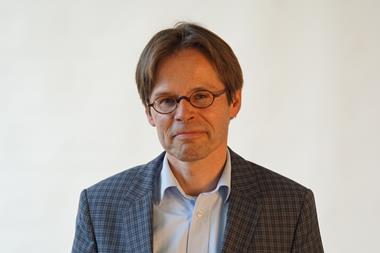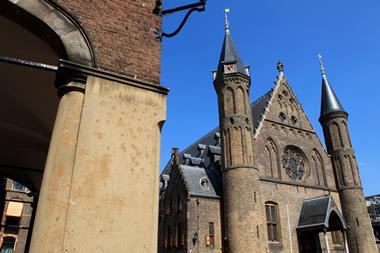The speed of consolidation in the pensions sector is going to exceed the general assumptions, Ruud Hagendijk, the outgoing chief executive of the €110bn pensions provider MN has predicted.
Speaking during a symposium organised by the metal scheme PME last week, he said it would not take five to 10 years before all pension funds with assets under €500m had disappeared.
Hagendijk observed that schemes’ assets had increased tenfold to €3.5bn on average since 1997.
“Back then, pension funds had 12,500 participants on average, whereas this number had risen to 42,600 in 2012, mainly following expansion through mergers and schemes joining,” he said.
MN’s chief executive, who is to be succeeded by René van de Kieft on 1 May, not only attributed the consolidation trend to the need for costs saving, increased complexity and raised expertise requirements for board members.
The increased exposure to supervisors as well as society also played a role, and was an important reason for trustees for whether to accept or decline a seat on the board, he suggested.
In Hagendijk’s opinion, supervisor DNB had a big interest in consolidation, “as it has problems overseeing the whole pensions domain because of the diversity of views”.
This issue is being reinforced by the lack of co-ordination within the pensions sector, resulting in the absence of a unilateral voice or proposed solutions. In such a situation, increased size helps establishing a common strategy and tactics to lobby politicians, he argued.
Hagendijk further predicted a big interest from company schemes in the technical sector for joining a single large pension fund for the metal industry, if the €40bn PME and the €60bn PMT – currently MN’s main clients – were to merge.
However, he underlined the importance of a sense of identity among the participants as well as limiting the distance between pension fund and target group. “If we don’t succeed in this, we have passed the right scale for providers,” he said.
In the view of Olaf Sleijpen, DNB director for the supervision of pension funds, a merger between PME and PMT – with 540,000 workers in total – would generate benefits of scale. “Moreover, such a combination would not have to be the result of weakness.”
During his last public presentation before Bert Boertje replaces him, Sleijpen reminded attendees that the dozens of company schemes vanishing annually represented no more than 0.5% of the total of Dutch pension fund participants.
Also during the conference, Fieke van der Lecq, professor of pensions markets at Rotterdam’s Erasmus School of Economics, concluded that for consolidation “bigger seems to be better for the time being”.
She was drawing on the outcome of studies by DNB researcher Jacob Bikker, which also suggested that no sooner than a scale of 10m participants, all benefits of scale for administration have been used.
Van der Lecq added that as of assets under management of €200m, the benefits of scale would not necessarily increase, “as the investment process would become too complicated”.











No comments yet